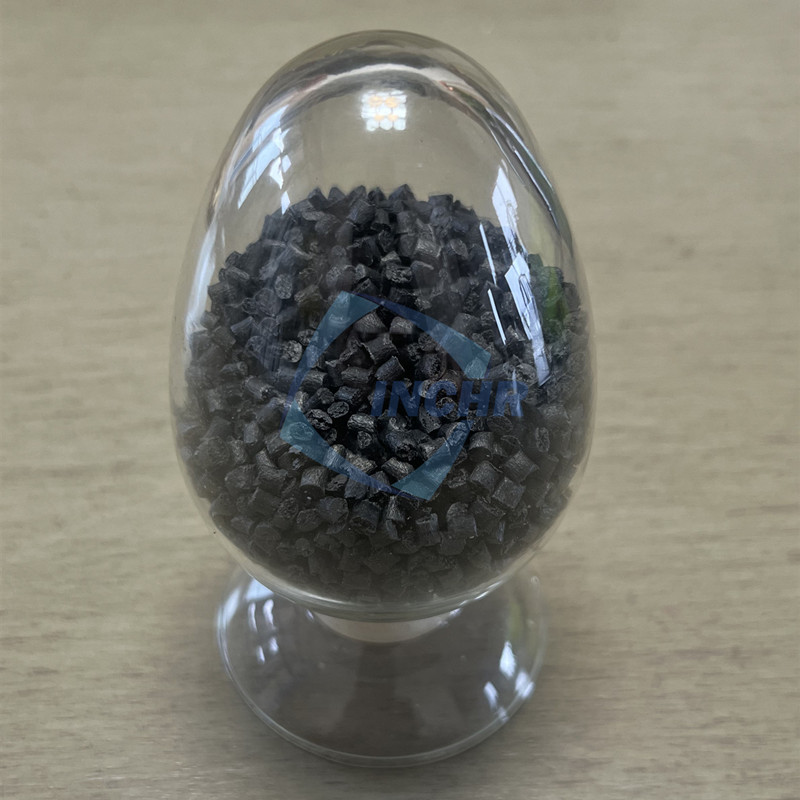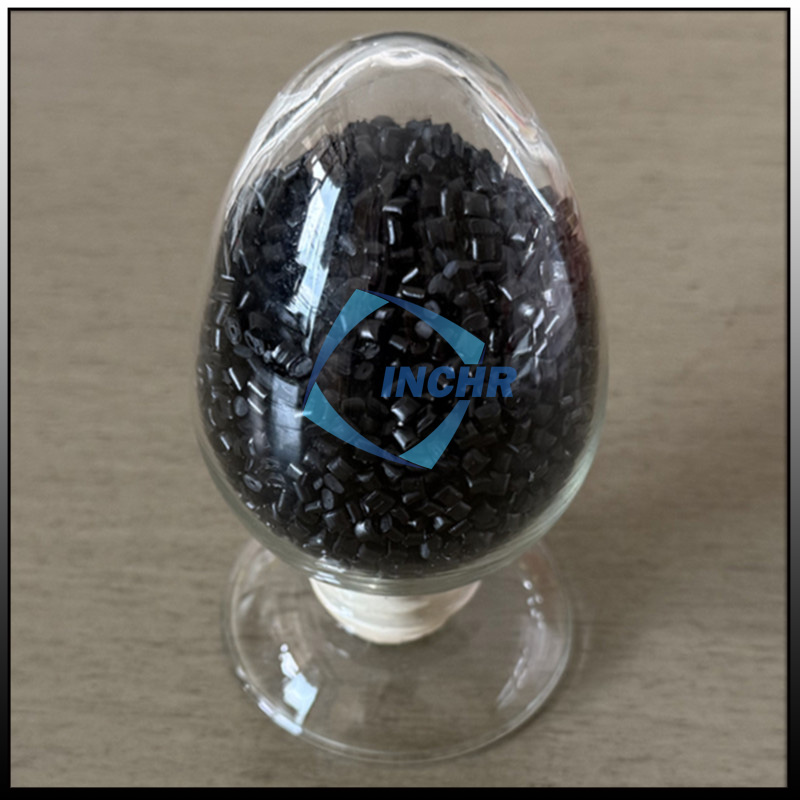Introduction
Carbon fiber reinforced plastic (CFRP) is no longer a futuristic concept—it’s a game-changer in modern engineering and manufacturing. Combining carbon fiber’s exceptional strength with polymer matrices, CFRP delivers unparalleled performance in industries ranging from aerospace to automotive and beyond. In this article, we’ll explore what makes CFRP unique, its applications, advantages, and why it’s poised to dominate the materials landscape.
What Is Carbon Fiber Reinforced Plastic?
Carbon Fiber Reinforced Plastic is a composite material made by embedding carbon fibers into a plastic resin matrix (often epoxy, polyester, or vinyl ester). The carbon fibers provide tensile strength and stiffness, while the resin binds them together, ensuring durability and shape retention. This synergy creates a material that’s:
Lightweight: Up to 70% lighter than steel.
Strong: Higher strength-to-weight ratio than metals.
Corrosion-resistant: Immune to rust and chemical degradation.

How Carbon Fiber Reinforced Plastic Is Manufactured
The production of CFRP involves three key steps:
Fiber Production: Carbon fibers are created by heating synthetic polymers (like polyacrylonitrile) to high temperatures, leaving behind pure carbon strands.
Weaving: Fibers are woven into fabrics or arranged in unidirectional sheets.
Curing: Resin is applied, and the composite is molded under heat and pressure to form rigid structures.
Advanced techniques like autoclave curing and resin transfer molding ensure precision and consistency.
Applications of Carbon Fiber Reinforcd Plastic Across Industries
1. Aerospace
CFRP’s lightweight nature reduces aircraft fuel consumption. Boeing’s 787 Dreamliner uses CFRP for 50% of its structure, cutting weight by 20% compared to traditional materials.
2. Automotive
From Formula 1 cars to electric vehicles (EVs), CFRP enhances speed and efficiency. Tesla’s Cybertruck incorporates CFRP components to offset battery weight.
3. Renewable Energy
Wind turbine blades made with CFRP are lighter, longer, and more efficient—critical for maximizing energy output.
4. Sports and Recreation
High-performance bicycles, tennis rackets, and even prosthetics leverage CFRP for agility and durability.
5. Medical Devices
CFRP’s MRI compatibility and strength make it ideal for surgical tools and imaging equipment.
Advantages of Carbon Fiber Reinforcd Plastic Over Traditional Materials
Weight Reduction: Critical for fuel efficiency in transportation.
Design Flexibility: Can be molded into complex shapes.
Longevity: Resists fatigue, corrosion, and extreme temperatures.
Sustainability: Lower carbon footprint over its lifecycle compared to metals.
Challenges and Limitations
Despite its benefits, CFRP faces hurdles:
High Cost: Raw materials and manufacturing are expensive.
Recycling Difficulties: Thermoset resins are hard to reprocess.
Impact Sensitivity: Prone to damage from sharp impacts.
Researchers are addressing these issues with thermoplastic resins and modular recycling methods.
Future Trends in Carbon Fiber Reinforced Plastic Innovation
Cost Reduction: Scaling production and adopting automated layup techniques.
Sustainable CFRP: Bio-based resins and closed-loop recycling systems.
Hybrid Composites: Blending CFRP with materials like graphene for enhanced conductivity.
3D Printing: On-demand CFRP parts for customized solutions.
Why CFRP Matters for Your Business
Adopting CFRP can differentiate your products through:
Performance: Outperform competitors with lighter, stronger designs.
Brand Image: Align with sustainability goals by reducing emissions.
Innovation: Stay ahead in industries like EVs, robotics, and smart infrastructure.
Conclusion
Carbon fiber reinforced plastic is not just a material—it’s a catalyst for innovation. As industries prioritize efficiency and sustainability, CFRP’s role will only expand. Whether you’re in manufacturing, engineering, or product design, understanding CFRP’s potential is key to future-proofing your business.




